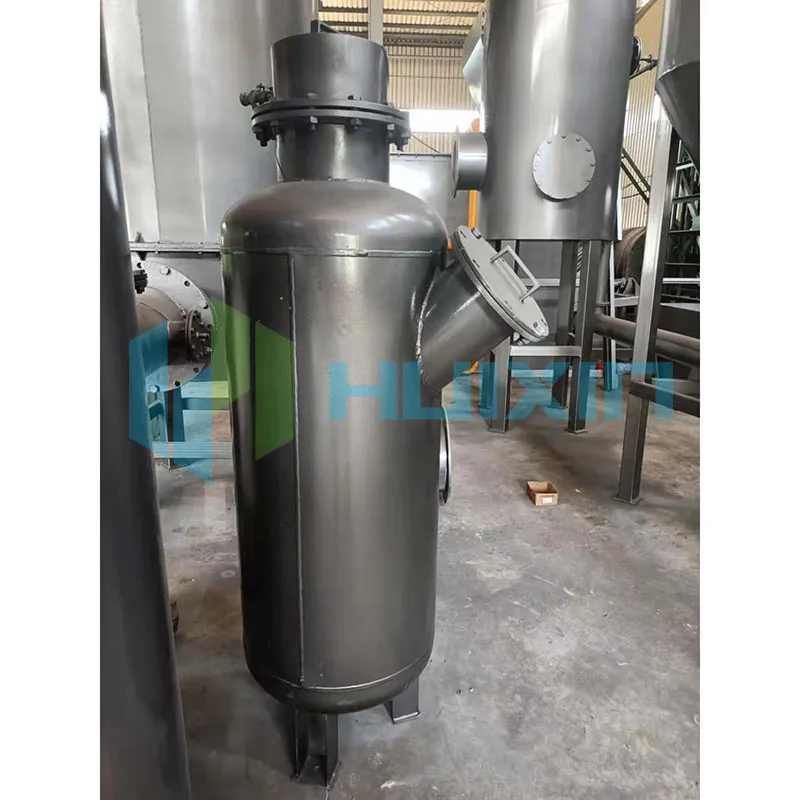Understanding Smoke Treatment Systems: A Vital Solution for Air Quality
2024-12-10
In today’s industrial and environmental landscape, managing air pollution is a top priority. One of the key technologies designed to tackle this challenge is the smoke treatment system. These systems play a critical role in reducing harmful emissions, ensuring compliance with environmental regulations, and protecting public health.
What is a Smoke Treatment System?
A smoke treatment system is an advanced technology designed to filter, neutralize, or remove pollutants from smoke or exhaust gases before they are released into the atmosphere. These systems are widely used in industries such as power generation, manufacturing, waste incineration, and chemical processing.
Key Components of a Smoke Treatment System
1. Filters: Capture particulate matter (PM) and dust.
2. Scrubbers: Remove gaseous pollutants using liquid solutions or chemical reactions.
3. Electrostatic Precipitators: Use electric fields to trap fine particles.
4. Catalytic Converters: Break down harmful gases like nitrogen oxides (NOx) and carbon monoxide (CO) into harmless substances.
5. Activated Carbon Beds: Absorb volatile organic compounds (VOCs) and odors.
How Do Smoke Treatment Systems Work?
The working mechanism of a smoke treatment system varies based on its type and the pollutants being targeted. A general process includes:
1. Capture: The system collects smoke from the source.
2. Filtration: Particles and toxic substances are filtered out.
3. Chemical Neutralization: Gaseous pollutants react with specific chemicals, converting them into harmless byproducts.
4. Emission: Cleaned air is released into the atmosphere.
Benefits of Smoke Treatment Systems
1. Environmental Protection: Significantly reduce air pollution and greenhouse gas emissions.
2. Regulatory Compliance: Ensure adherence to local and international environmental standards.
3. Improved Air Quality: Minimize health risks associated with air pollutants.
4. Operational Efficiency: Enhance energy efficiency and reduce waste in industrial processes.
Types of Smoke Treatment Systems
1. Dry Systems: Use dry filters or adsorbents to treat smoke.
2. Wet Systems: Employ liquids (water or chemical solutions) for scrubbing.
3. Hybrid Systems: Combine dry and wet technologies for comprehensive treatment.
Smoke treatment systems are essential for industries looking to align with sustainability goals and meet environmental regulations. Investing in advanced systems not only benefits the planet but also fosters a healthier future for everyone.



